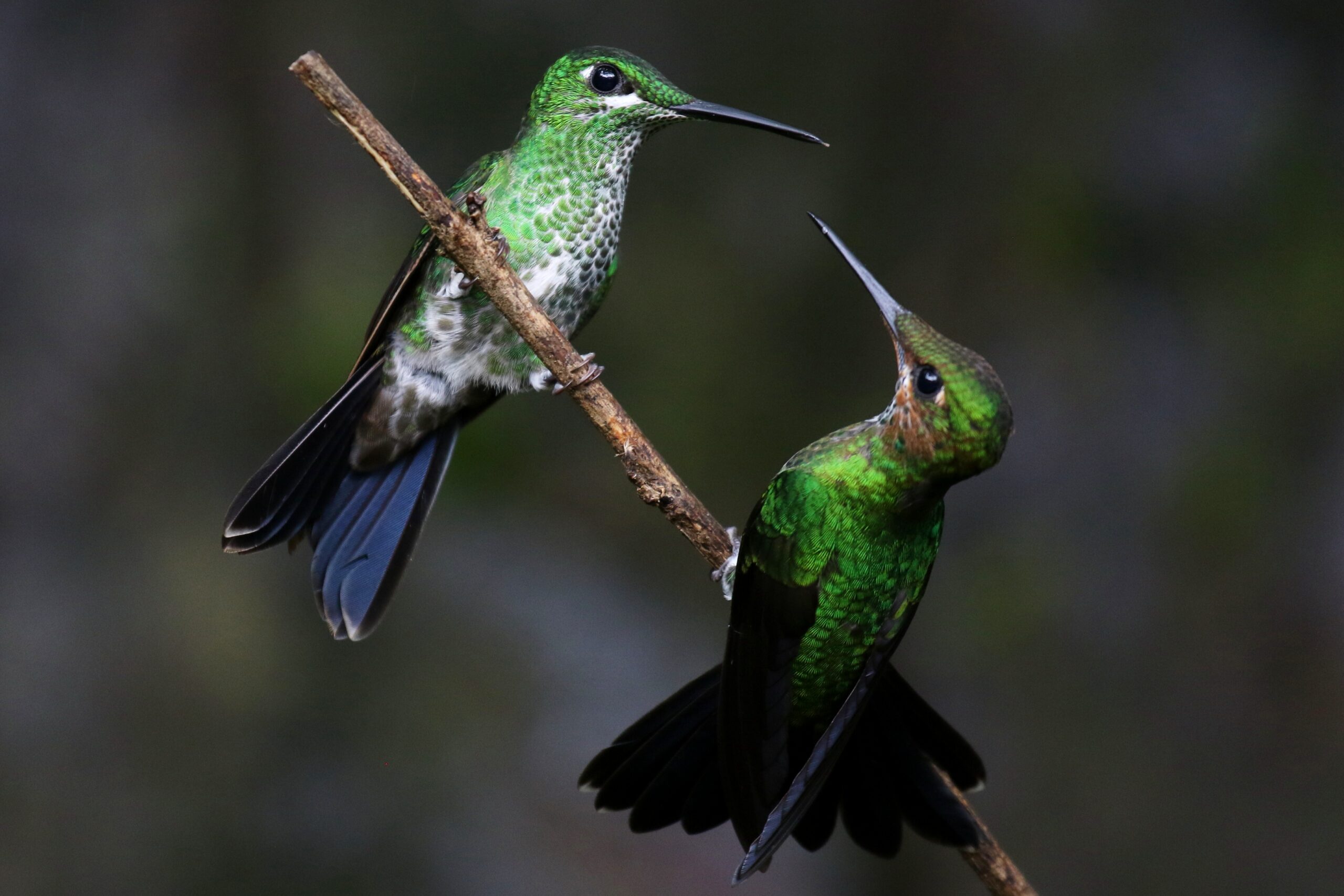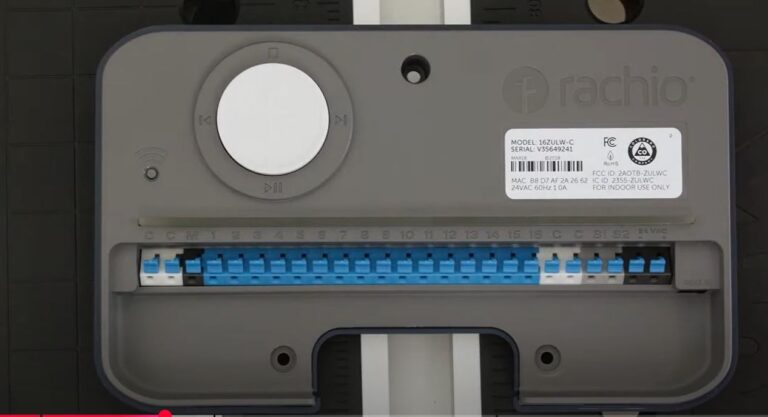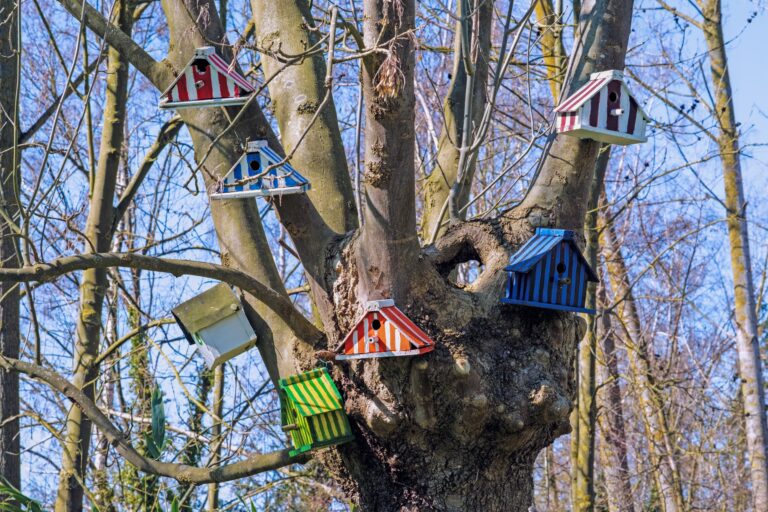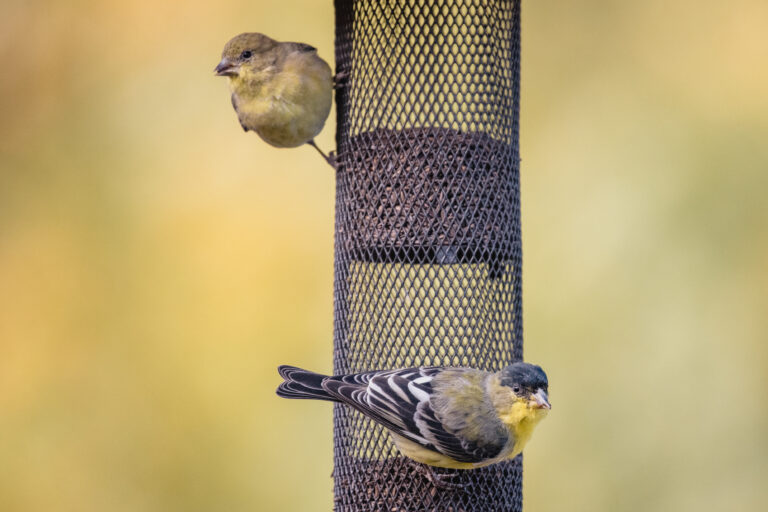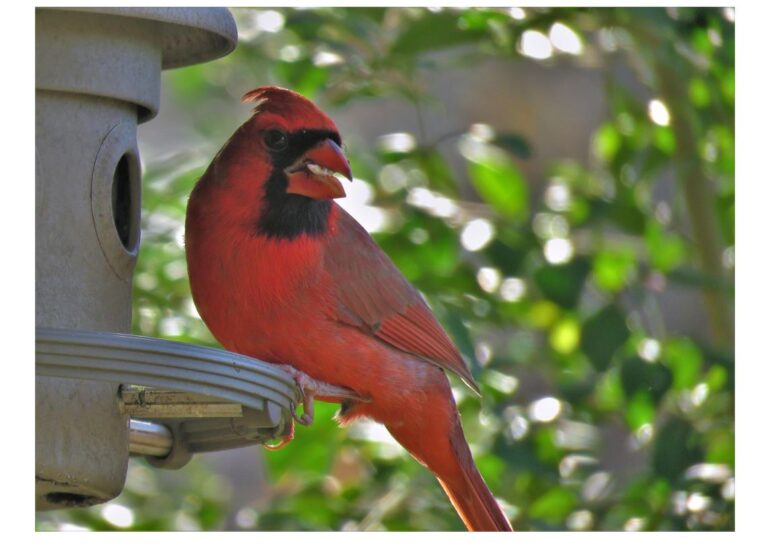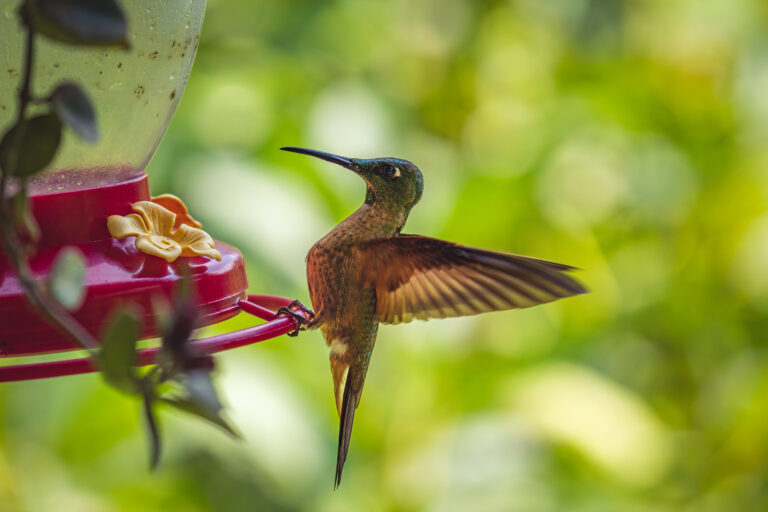5 Best Hummingbird Feeders for Shade or Partial Sun (Updated 2025)
Early in my birdwatching journey in my USA backyard, I hung my hummingbird feeder in deep shade to preserve nectar, but mold quickly took over.
Black spots and sticky buildup drove birds away, turning my excitement into frustration.
I discovered that feeder placement balancing sun exposure with shade is critical to prevent mold and spoilage while keeping hummingbirds happy.
The wrong spot can ruin even the best feeder, but partial shade paired with a mold-resistant design works magic.
Below, I explain why placement matters and share a curated list of feeders that perform exceptionally in partial-shade areas, ensuring clean nectar and frequent bird visits.
Let’s create a thriving hummingbird sanctuary together!
Why Placement Matters for Hummingbird Feeders
Too Much Sun
Full sun boosts feeder visibility, drawing hummingbirds with bright colors. However, nectar ferments in 1–2 days in hot USA climates, requiring daily cleaning to protect bird health.
Too Much Shade
Full shade keeps nectar fresh for 4–5 days by staying cool. Yet, poorly designed feeders trap moisture in humid shade, fostering mold that repels hummingbirds and risks their safety.
Partial Shade
Partial shade strikes a balance, with nectar lasting 3–4 days and feeders remaining visible. Mold-resistant designs with wide mouths and proper drainage thrive in this setting, ensuring bird-friendly conditions.
| Placement | Pros | Cons |
|---|---|---|
| Full Sun | High visibility, attracts birds | Nectar spoils quickly, needs frequent cleaning |
| Full Shade | Extends nectar life, cooler | Mold risk, less visible to birds |
| Partial Sun | Balances freshness and visibility | Needs mold-resistant feeder design |
Top Hummingbird Feeders for Partial Shade
These feeders are selected for their mold-resistant features, easy maintenance, and suitability for partial-shade USA yards. All are dye-free, BPA-free, and available on Amazon.
1. Aspects HummZinger HighView Hummingbird Feeder
This saucer-style feeder is a game-changer for partial shade in my USA garden. Its shallow, open design allows air circulation, preventing mold buildup in humid conditions.
The bright red top attracts hummingbirds without harmful dyes, and the 12-ounce capacity suits small to medium yards.
Crafted from UV-resistant, BPA-free polycarbonate, it withstands weather shifts. The built-in ant moat and raised feeding ports block pests, keeping nectar pure.
I clean it every 3 days with a Droll Yankees HummerPlus Brush, and mold hasn’t been an issue since.
Weighing 1.2 pounds, it’s lightweight for hanging on shaded patios or tree branches. Its leak-proof design ensures my deck stays clean, making it ideal for low maintenance birdwatching.
Why It’s Great for Partial Shade
The open saucer structure dries quickly, reducing mold risk in shady, humid spots. Pest protection and a visible red top ensure nectar stays fresh and birds find it easily in partial sun.
Customer Review Highlights
- “No mold in my shaded corner! Super easy to clean, and birds love it.” – Susan, 2024
- “Perfect for partial shade. The ant moat keeps nectar clean.” – Robert, 2025
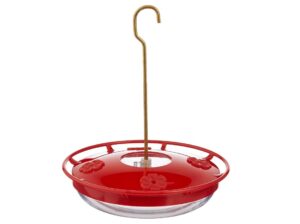
| Pros | Cons |
|---|---|
| Open saucer design prevents mold | 12-ounce capacity needs frequent refills |
| Ant moat and raised ports protect nectar | Plastic may cloud over time |
| Lightweight and easy to clean | No suction mount for windows |
2. More Birds Bird Health Ruby Glass Hummingbird Feeder
This glass feeder excels in partial shade, adding elegance to my USA backyard. Its wide-mouth bottle simplifies filling and cleaning, reducing mold risk.
The 10-ounce capacity fits smaller yards, and the red top attracts hummingbirds without dyes. Made with food-safe glass and BPA-free plastic, it ensures nectar safety.
Bee guards and an ant moat prevent pest contamination, and the detachable base makes maintenance a breeze.
I scrub it every 3–4 days with an Oxo Good Grips Bottle Brush, keeping it mold-free. At 1.5 pounds, it’s sturdy for shaded gardens, and UV-resistant glass holds up in mixed sunlight.
This feeder blends style and function for bird-safe feeding.
Why It’s Great for Partial Shade
The wide-mouth bottle and detachable parts dry thoroughly, minimizing mold in humid shade. UV-resistant glass keeps nectar fresh, ideal for partial sun exposure.
Customer Review Highlights
- “No mold issues in my shaded yard! Wide mouth makes cleaning simple.” – Diane, 2024
- “Hummingbirds visit daily in partial shade. Very durable.” – James, 2025
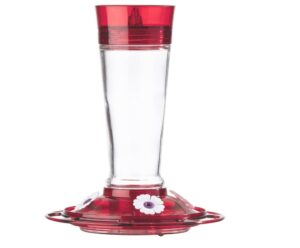
| Pros | Cons |
|---|---|
| Wide-mouth bottle reduces mold risk | 10-ounce capacity requires frequent refills |
| Bee guards and ant moat protect nectar | Glass may break if dropped |
| Durable glass for humid conditions | Cleaning needs bottle brush |
3. First Nature 3055 Hummingbird Feeder
This feeder is a powerhouse in my busy USA yard, handling partial shade with ease. Its 32-ounce capacity supports multiple hummingbirds, cutting down on refills.
The red base attracts birds without dyes, and BPA-free plastic ensures nectar safety. The wide-mouth reservoir and twist-apart base simplify cleaning, preventing mold with a quick scrub every 4 days.
While it lacks a built-in ant moat, I use a separate one for pest control. Lightweight at 0.8 pounds, it’s budget-friendly and perfect for active yards with frequent bird visits.
Its durable design thrives in partial shade, making it a reliable choice.
Why It’s Great for Partial Shade
The wide-mouth reservoir dries fast, reducing mold in shaded, humid areas. Multiple ports ensure visibility, drawing birds in partial sun.
Customer Review Highlights
- “No mold, even in shade! Large size saves time.” – Emily, 2024
- “Great for partial sun. Easy to clean and birds flock to it.” – Tom, 2025
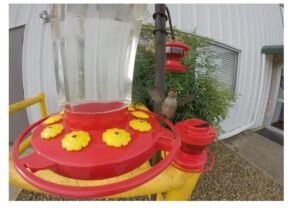
| Pros | Cons |
|---|---|
| 32-ounce capacity reduces refills | No built-in ant moat |
| Wide-mouth design prevents mold | Plastic may absorb nectar over time |
| Affordable and lightweight | Less attractive than glass |
Why These Feeders Excel in Partial Shade
My battle with moldy feeders showed me that placement and design are everything.
Full sun causes nectar to spoil in 1–2 days, demanding daily cleaning, while full shade promotes mold in feeders that trap moisture.
Partial shade is the sweet spot, keeping nectar fresh for 3–4 days while ensuring birds can find the feeder.
The Aspects Humm Zinger, More Birds Ruby, and First Nature 3055 shine with wide-mouth, easy-clean designs that prevent mold.
BPA-free materials and pest protections like ant moats and bee guards keep nectar safe.
I use a 1:4 sugar-water nectar recipe, boiled and cooled, to avoid harmful dyes. These feeders are perfect for beginners, seniors, or busy gardeners, simplifying maintenance in partial-shade USA yards.
Tips to Keep Feeders Mold-Free in the Shade
Clean Every 2–3 Days
Clean feeders every 2–3 days, even if nectar looks clear. I scrub mine with a vinegar-water solution to kill mold spores before they grow.
This prevents bacteria buildup in humid shade. Regular cleaning keeps hummingbirds safe and visiting.
Avoid Overfilling
Fill feeders only to the needed amount. I use just enough for 2–3 days to reduce waste and spoilage.
Overfilling leads to stagnant nectar, increasing mold risk in shaded areas.
Use Filtered or Boiled Water
Make nectar with filtered or boiled water. I boil my 4:1 sugar-water mix to ensure it’s sterile.
This reduces contaminants that promote mold, keeping nectar safe in shady conditions.
Hang Where There’s Airflow
Place feeders in spots with good air circulation, even in shade. I hang mine under a tree with open branches.
Airflow dries residual moisture, preventing mold growth in humid, shaded areas.
Rotate Between Two Feeders
Use two feeders and alternate them. I clean one while the other hangs, simplifying my schedule.
This ensures a fresh feeder is always ready, reducing mold risk in shade.
Hummingbird Activity in Shaded Areas: What You Should Know
Will Hummingbirds Come to Feeders in the Shade?
Yes, hummingbirds visit shaded feeders if placed smartly. I’ve seen them flock to my shaded patio feeder when it’s visible.
Ensure the feeder stands out with red parts and is near active areas to attract birds.
Use Red Color, Reflective Parts
Choose feeders with bright red tops or ports. My feeder’s red lid catches light, boosting visibility in shade.
Reflective parts, like metallic hangers, help birds spot the feeder in low light.
Morning/Late Afternoon Sun Exposure
Position feeders to catch morning or late afternoon sun. I place mine where it gets a few hours of soft light.
This enhances visibility without overheating nectar, drawing more hummingbirds.
Position Near Natural Perches or Flowering Plants
Hang feeders near branches or flowering plants. My feeder near salvia blooms attracts more birds.
Natural perches give hummingbirds resting spots, making shaded feeders more inviting.
FAQ Section
Can I hang a feeder in full shade?
Yes, but mold risk increases without proper design. Choose wide-mouth, easy-clean feeders to prevent buildup.
Do hummingbirds avoid shaded areas?
No, they visit if feeders are visible. Use red parts and place near flowers for best results.
How do I stop black mold in feeders?
Clean every 2–3 days with a 1:4 vinegar-water solution. Wide-mouth designs and airflow reduce mold.
What color works best in low-light spots?
Bright red tops or ports stand out best. Reflective elements help birds find feeders in shade.
Should I use red nectar to attract birds in shade?
No, avoid red dye—it risks bird health. Use clear 4:1 sugar-water nectar with red feeder parts.
Conclusion
Smart placement and mold-resistant feeders turned my backyard into a hummingbird paradise.
The Aspects HummZinger HighView Feeder is my top pick for its saucer design and effortless cleaning, ideal for partial shade.
Check prices on Amazon and share your hummingbird stories below to connect with fellow bird enthusiasts!

